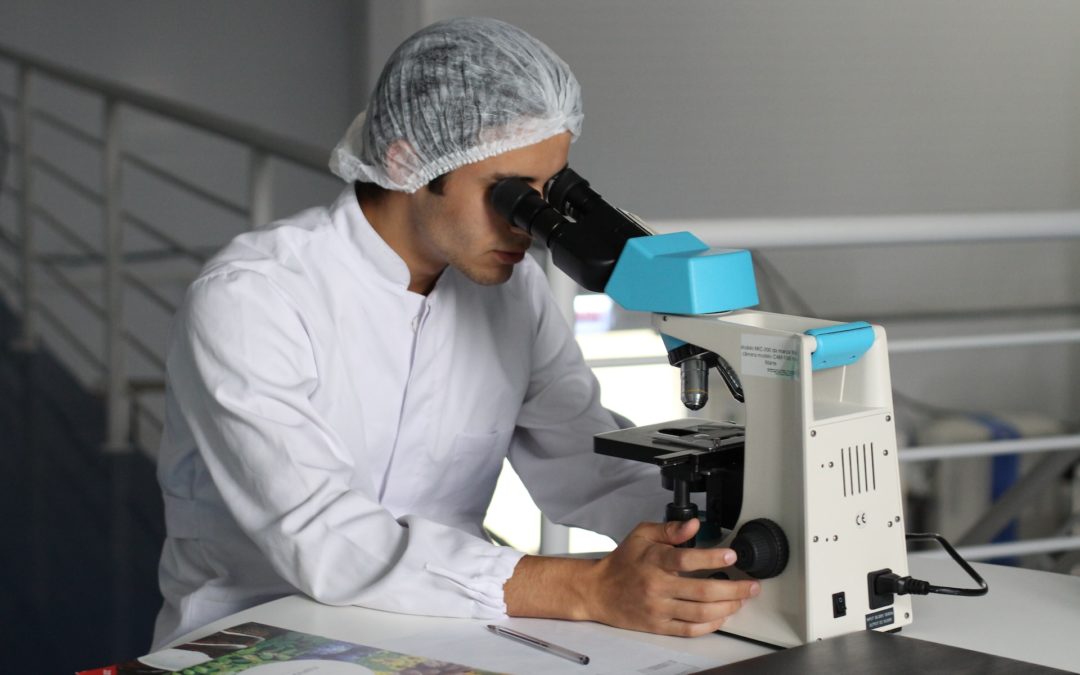In today’s fast-paced and ever-evolving world, laboratories play a pivotal role in ensuring the accuracy, reliability, and safety of products, materials, and processes. To maintain the highest standards, laboratories often adhere to the ISO 17025 standard, which outlines the general requirements for the competence, impartiality, and consistent operation of testing and calibration laboratories. Among its various components, internal audits stand out as a crucial mechanism for driving continuous improvement within these laboratories.
Understanding ISO 17025 Internal Audits
Internal audits are systematic and independent assessments conducted within an organization to determine whether its operations comply with defined standards and practices. In the context of ISO 17025, internal audits are a powerful tool for ensuring that a laboratory’s quality management system is effective, efficient, and aligned with the standard’s requirements.
The primary objectives of ISO 17025 internal audits are:
1. Quality Assurance : Internal audits help ensure that laboratory operations are consistent, accurate, and reliable. They identify deviations from established procedures and provide an opportunity to correct them before they impact the accuracy of test results.
2. Compliance : By conducting regular internal audits, laboratories can ensure that they are adhering to the ISO 17025 standard’s requirements, which in turn enhances their credibility and reliability in the eyes of clients, regulatory bodies, and the industry.
3. Continuous Improvement : Internal audits are not just about identifying problems; they are also about seeking opportunities for improvement. By assessing current processes, practices, and systems, laboratories can identify areas for enhancement and innovation.
Key Benefits of ISO 17025 Internal Audits
1. Enhanced Accuracy and Reliability : Internal audits help identify discrepancies and irregularities in laboratory processes that could lead to inaccurate results. By addressing these issues, laboratories can enhance the accuracy and reliability of their testing and calibration activities.
2. Mitigation of Risks : Internal audits enable laboratories to identify potential risks related to processes, safety, and compliance. By addressing these risks proactively, laboratories can avoid costly errors, safety hazards, and compliance issues.
3. Optimized Resource Utilization : Through internal audits, laboratories can assess the efficiency of their resource utilization. This includes human resources, equipment, materials, and time. By optimizing resource allocation, laboratories can achieve higher productivity and cost-effectiveness.
4. Employee Engagement and Empowerment : Involving laboratory staff in internal audits fosters a culture of engagement and empowerment. Employees become active participants in identifying areas for improvement and contributing to the overall growth of the laboratory.
5. Demonstrated Commitment to Quality : Laboratories that regularly conduct ISO 17025 internal audits send a strong message to their clients and stakeholders about their commitment to delivering high-quality services. This commitment translates into enhanced client trust and long-term partnerships.
Best Practices for Conducting ISO 17025 Internal Audits
1. Planning : Define the scope, objectives, and criteria for the internal audit. Establish a comprehensive audit plan that outlines the audit schedule, responsibilities, and resources required.
2. Execution : During the audit, assess the laboratory’s processes, procedures, and documentation against the ISO 17025 standard. Interview staff, review records, and observe activities to gain a holistic understanding.
3. Documentation : Maintain thorough records of the audit process, findings, and corrective actions taken. These records serve as a historical reference and evidence of the laboratory’s commitment to improvement.
4. Collaboration : Involve a diverse team of auditors who possess relevant expertise. Collaborative auditing ensures a well-rounded evaluation and fosters a culture of knowledge sharing.
5. Feedback and Improvement : After the audit, provide feedback to the laboratory team. Highlight both strengths and areas for improvement. Collaboratively develop action plans to address identified issues and drive positive change.
Internal audits are a cornerstone of laboratory management, ensuring compliance, accuracy, and continuous improvement. By embedding internal audits into their quality management systems, laboratories can not only meet the stringent requirements of the ISO 17025 standard but also exceed client expectations, contribute to industry advancement, and maintain their position as reliable pillars of scientific progress.

